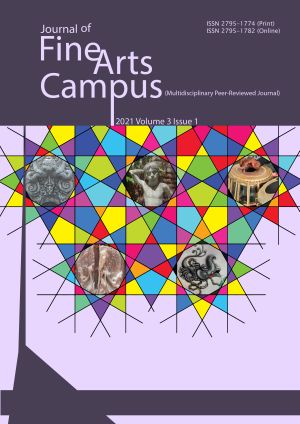Art in nature: Shifting trends in Nepali sculpture
DOI:
https://doi.org/10.3126/jfac.v3i1.42494Keywords:
Environmental, naturalism, modernity, monumental, architectonicAbstract
Art has its environment and meaning, and it can exist free from a pedestal. Different approaches have sprung up with current environmental impacts, including other outdoor sculptures in Nepal as a modern movement. This form of activity has given new meaning to local indigenous values, art, and crafts. The transition started after some naturalistic sculptures, including equestrian statues, were brought from Europe and installed in the open environment. Environmental sculpture is a type of public art that creates or changes the spectators' surroundings. Nepalese sculptors have practiced a new genre as an alternative discipline of sculpture. A significant sculpture, Nirmāna, which means construction, was created by Thakur Prasad Mainali in 2024-25 B.S. at Bhirkutimandap, Kathmandu. Hence, two methodological approaches-primary observation and historical connections used to conduct this study. Besides numerous modern sculptures, this investigation focused on the earliest environmental sculptures. The study also explores the historical significance of sculpture in Nepal as it evolved and assimilated into modernity over time. After centuries of artistic and cultural legacy in Nepal, environmental sculpture underwent new changes.




